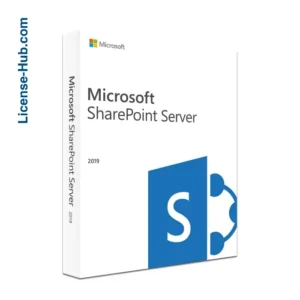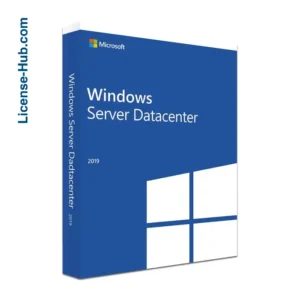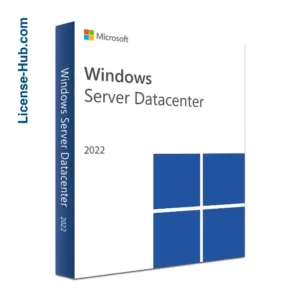Exchange Server Standard 2019 License
Original price was: $899.00.$559.00Current price is: $559.00.
- 🖥️ Only for Windows
- 📧 Instant delivery by email
- 📋 Online 1-click activation
- ⏱️ Liftetime warranty
- ⬇️ Download link included
- 🧑💻 24/7 Assistance
Out of stock
Description
Released in October 2018, Exchange Server 2019 is Microsoft’s proprietary email and calendar server software. A number of changes, updates, and features accompany this new iteration of Exchange Server to further support users and organizations as the workplace evolves.
Recommended Configuration
- CPU: Intel EM64T or AMD64, 2 sockets per machine
- RAM: 128GB for Mailbox, Edge Transport 64GB
- HDD: 30GB NTFS or ReFS
- Screen: 1024 x 768 pixels
What are the improvements in the Exchange Server 2019 Standard license?
Security Improvement
Support for Windows Server Core:
When running on a Windows deployment, Exchange Server 2019 presents less surface area, meaning fewer attack surfaces and fewer components that will need to be maintained.
Blocks external access to EAC (Exchange Admin Center) and Exchange Management Shell:
Access options can allow client access rules so that only administration from the internal network is permitted instead of requiring complex security and network and firewall rules.
Default activation of TLS 1.2 for better connection security:
By default, Exchange Server 2019’s encryption uses TLS 1.2 exclusively. It disables support for older algorithms such as DES, 3DES, MD5, RC2, and RC4 in its favor. It will also prioritize elliptical curve key exchange algorithms over non-elliptical ones.
Performance Improvement in Exchange Server 2019
Search infrastructure improvements:
Exchange 2019 features a completely rebuilt search infrastructure, designed for increased reliability and cloud usage. It is also capable of handling larger files when indexing, as well as better search performance, and easier management.
Faster and more reliable failovers:
The change in search architecture also means a significant increase in reliability and speed regarding failover from one server to another.
Metacache database improvements:
Exchange Server 2019 has undergone changes down to the core of its database engine to better improve performance and make better use of hardware storage innovations, such as larger disks and solid-state drives (SSD).
Updated hardware support:
These hardware improvements also extend to the use of memory and CPU. Exchange 2019 can support up to 48 processor cores, and memory up to 256GB.
Dynamic database cache:
Employing dynamic memory cache allocation, Exchange can now optimize memory usage for active database usage.
Client Level Improvement
New Do Not Forward option for the calendar:
Similar to the existing IRM for calendar items, the Do Not Forward (DNF) option does not have the deployment requirements that accompany IRM. This means participants will not have the option to forward the invitation to others, and only the event organizer of the calendar will be able to invite others.
Improved out-of-office handling for the calendar:
More options have been made available for out-of-office movements. Some of the key options include adding a calendar event indicating you are away or out of the office, as well as a simple option to cancel or decline a meeting or event that will take place during your absence.
Cmdlet to delete calendar events:
This feature allows administrators to cancel and delete meetings organized by users no longer with the company, removing them from participants’ calendars rather than leaving a defunct event with which it is impossible to interact.
Delegate permissions via PowerShell:
Administrators can assign delegation permissions with new cmdlet updates to Add-FolderPermissions.
Internationalization of email addresses (EAI):
Non-English characters in email addresses can now be routed and delivered natively.
The architecture of the Exchange Server 2019 license
With Exchange 2019, Microsoft has reduced the number of server roles to two things: the Mailbox roles, and Edge Transport.
Unified Messaging has been removed from Exchange 2019. Otherwise, the Mailbox server includes all server components from Exchange 2013’s Mailbox and Client Access roles.
Edge Transport is normally deployed on a network edge outside of the Active Directory. The intention is to minimize the attack surface of the Exchange deployment. It manages mail flow directed to the Internet and adds additional layers of protection and security to prevent viruses and spam. It can also enforce mail flow and transport rules to control the message flow.
This new mailbox can also enable proxy traffic from Exchange 2013 servers to Exchange 2019 to give more flexibility concerning how to migrate to Exchange 2019.






Reviews
There are no reviews yet.